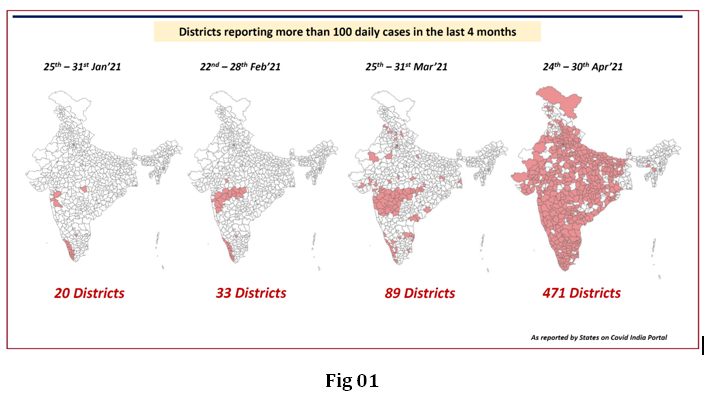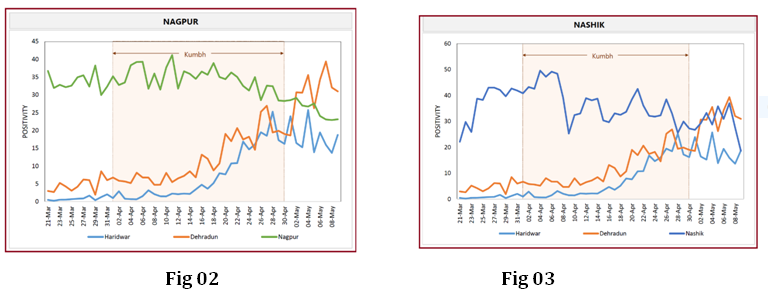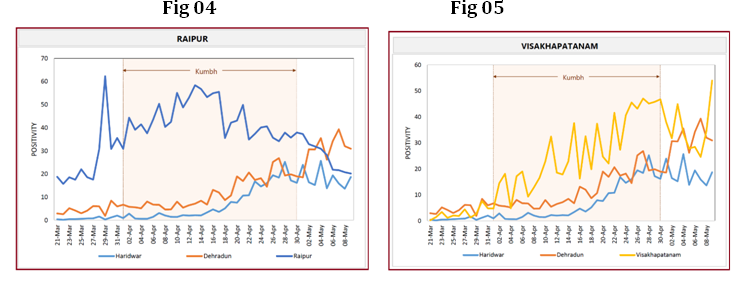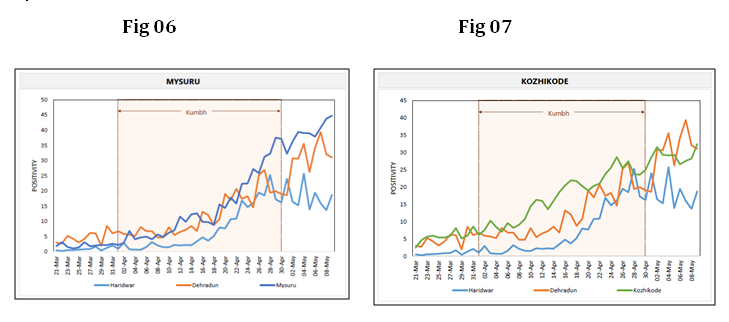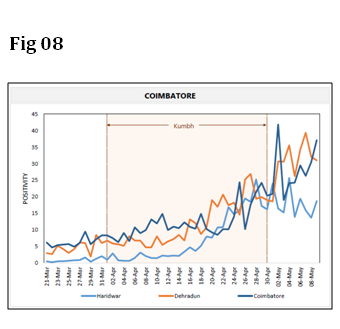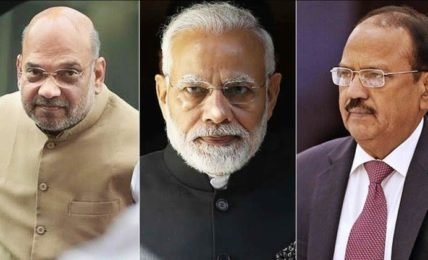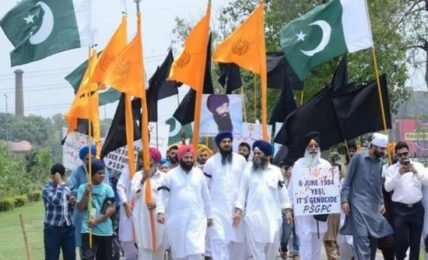#ChinseVirus Super spreaders: Tablighi Jamaat in 2020, Namazis & fake farmers in 2021. However, Kumbh Bhakts blamed though mandatory negative RT-PCR test was required for entry. #Hypocricy
Corrupt Media protects Corona super spreaders jamaatis and namazis and instead, blames Kumbh bhakts.


